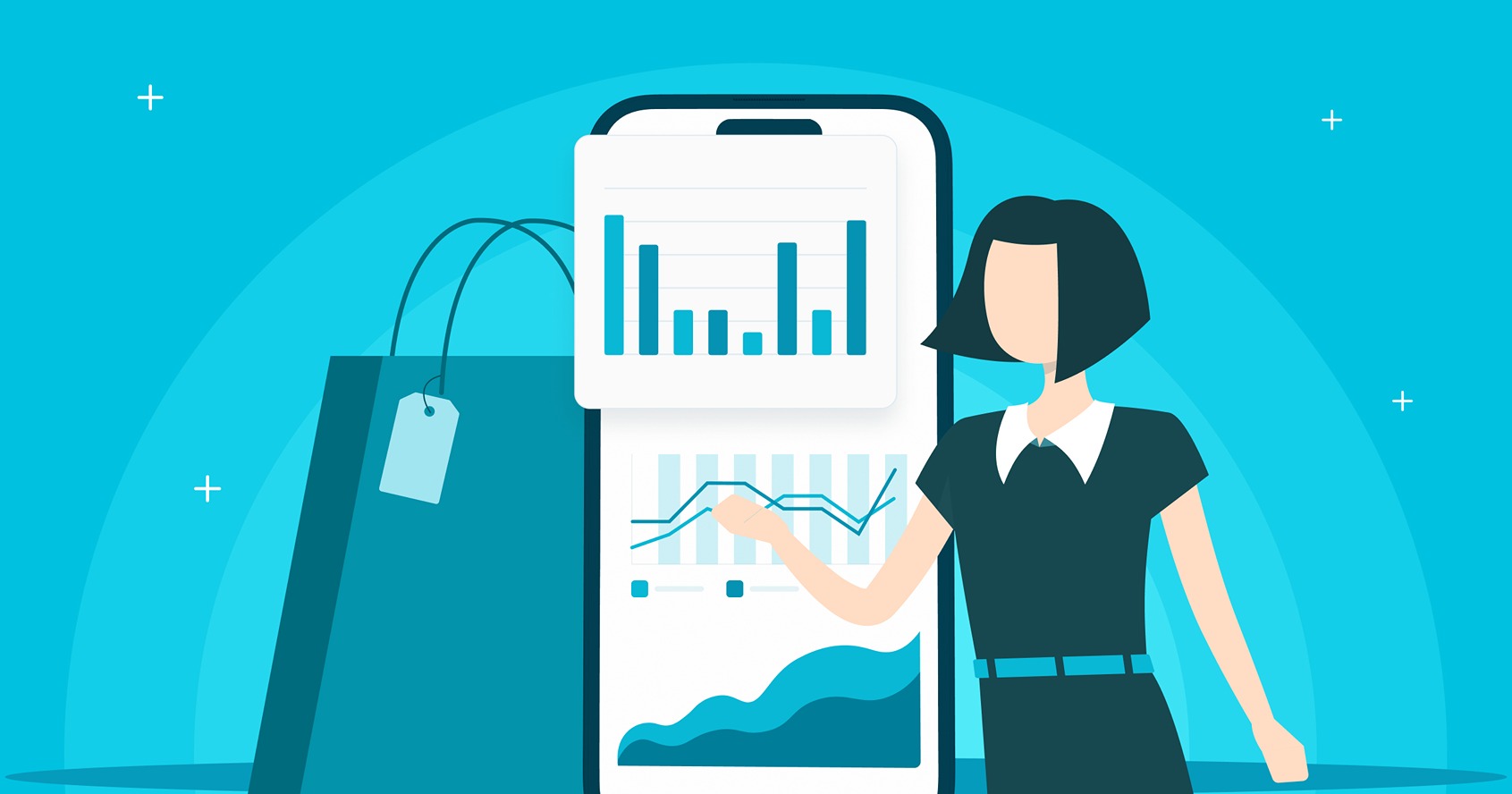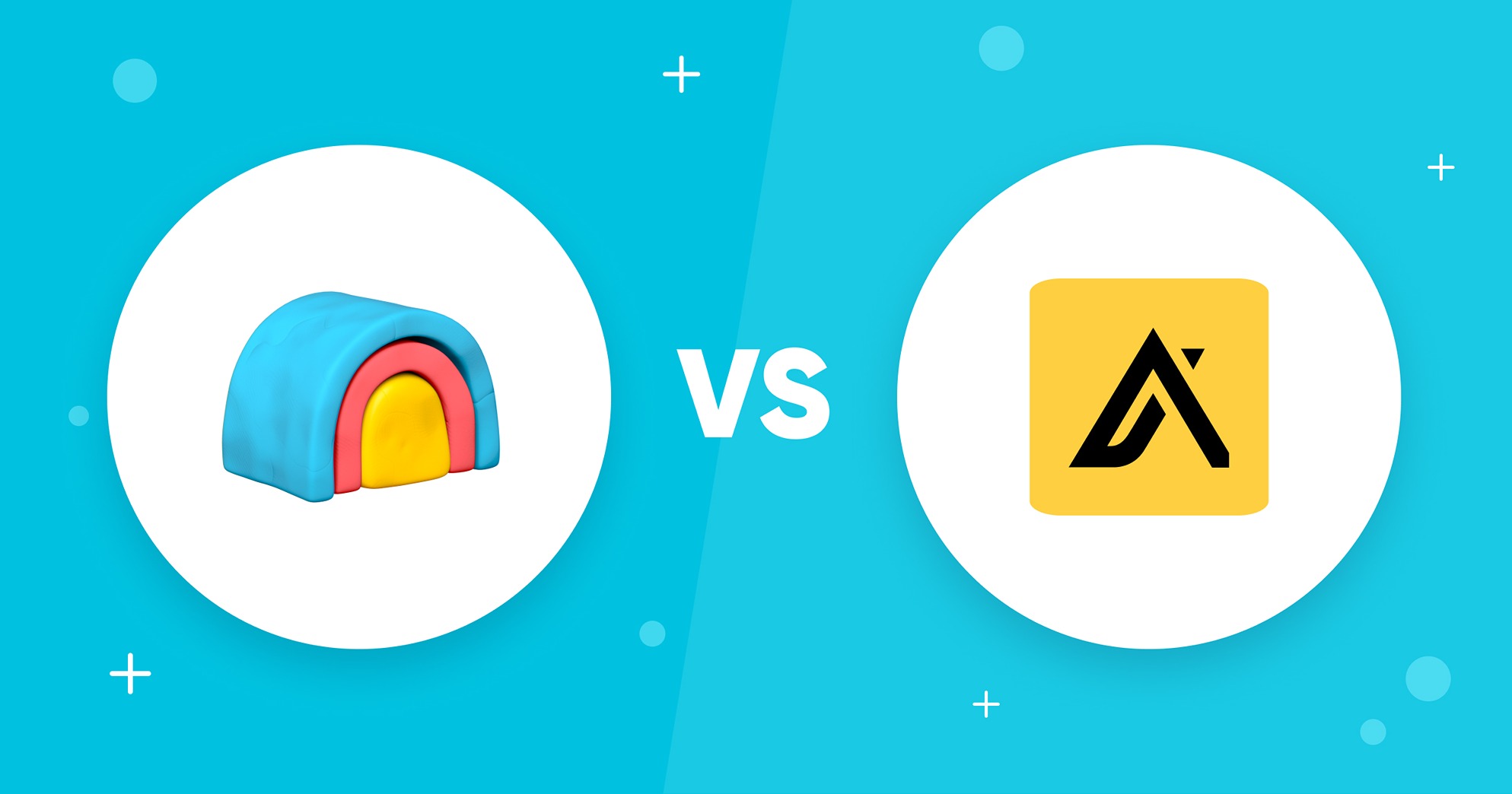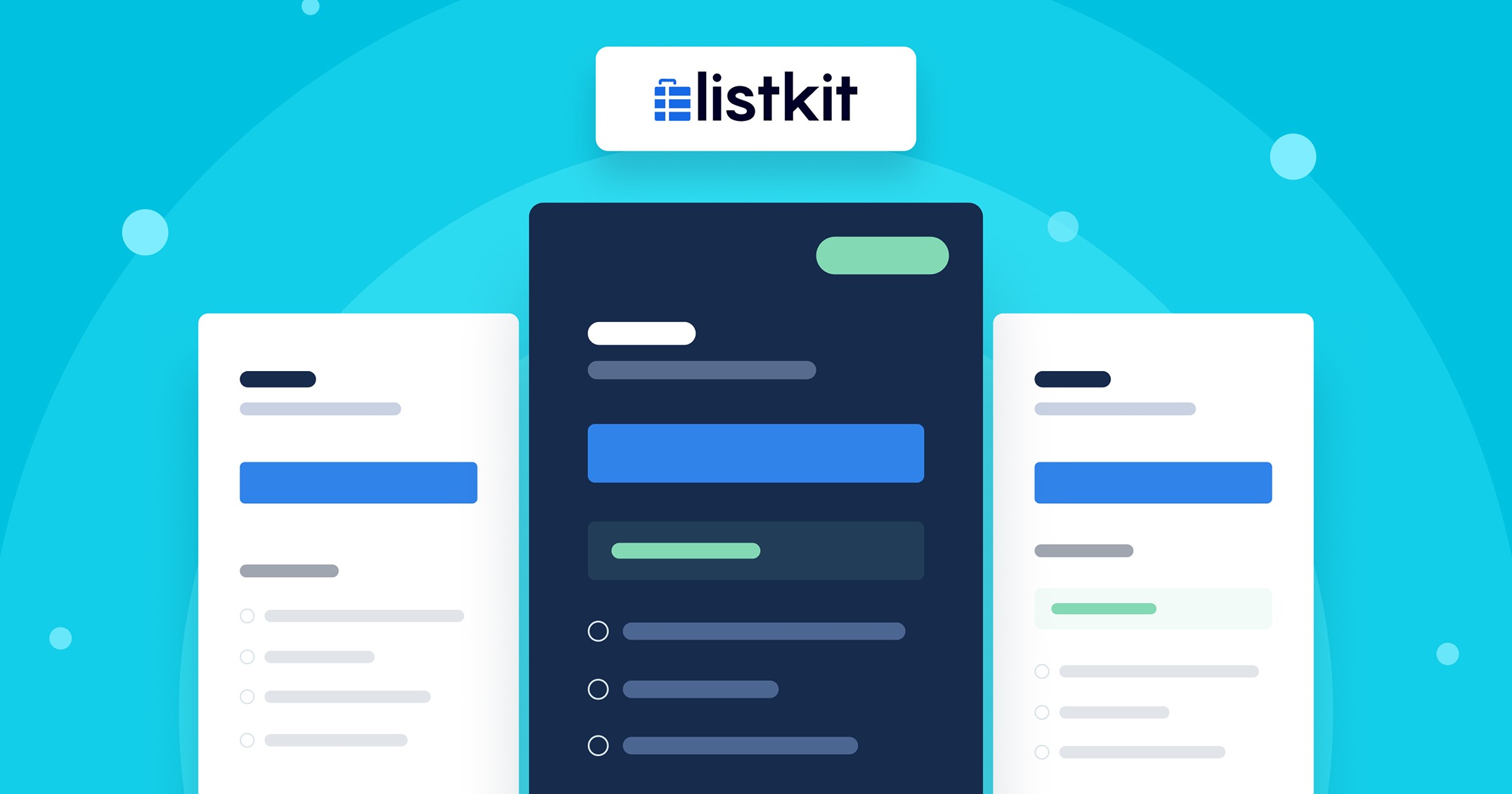As B2B commerce rapidly shifts online, 2024 brings more innovative technologies and innovations like AI and headless architectures. By understanding critical trends like hyper-personalization, automation, and video content, businesses can transform digitally to meet changing customer expectations and sustain competitive advantages.
Top 10 B2B eCommerce Trends in 2024
As B2B commerce undergoes a digital transformation, 2024 accelerates innovations and more innovative technologies reshaping customer experiences. Companies must keep pace with these rapid advancements to gain competitive edges. This section outlines the top 10 key trends that leading organizations need to understand and integrate for success. Spanning critical areas from upgraded backend systems to heightened brand awareness, these trends reflect the defining digital priorities and opportunities in modern B2B e-commerce.
Upgraded Business Technology and Systems
The global B2B eCommerce market is expected to reach a staggering $18.7 trillion by 2027. This phenomenal growth is fueled by upgraded business technologies that enhance operations and customer experiences. Compared to past years, which focused on basic online transactions, 2024 brings smarter, integrated systems centered on innovation and sustainability.
For instance, two-thirds of buyers now rely on digital channels when purchasing. Meeting these expectations requires robust technologies for managing complex supply chains, sales, marketing, and service. Systems leveraging AI, machine learning, and other emerging innovations can analyze data to predict customer needs, personalize interactions, automate processes, and increase efficiency.
A great example is omnichannel strategies that provide consistent branding and seamless experiences across web, mobile, and social platforms. This approach gives customers accessibility, convenience, and personalized shopping experiences while providing businesses with valuable intent data and behaviors.
Offering customizable self-service customer portals is another way upgraded e-commerce technology empowers prospective and existing customers and gathers insights to refine buying experiences. To gather more information about your existing customers, you can use data enrichment tools like UpLead, which enables B2B companies to provide seamless prospecting experiences with accurate data, ease of use, and enhanced data enrichment.
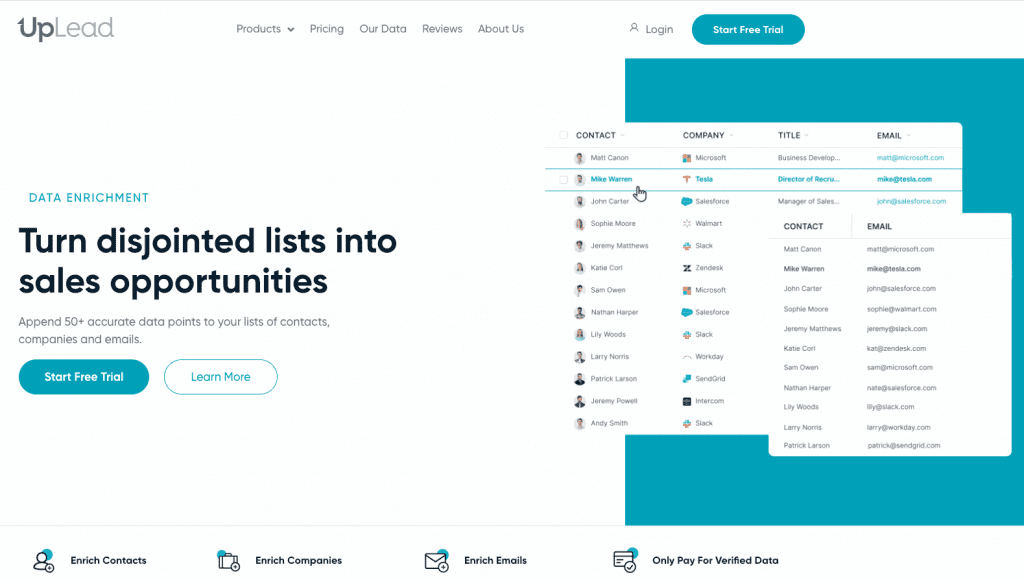
The bottom line is that upgraded business systems enable B2B companies to gain competitive advantages through improved operations, customer intelligence, and the ability to provide relevant, targeted interactions. Leaders recognize that digital transformation is no longer optional in 2024 but is a strategic imperative.

Companies like Rubik’s have already adapted to this trend. Rubik’s leveraged Adobe Commerce to transition from a catalog-based site to a more interactive online experience. This upgrade included features for distributors, fresh content, a new checkout process, and more, leading to a 150% revenue increase in the UK within the first six months and a doubled conversion rate.
Leveraging Product Discovery Data
Understanding how B2B buyers search, evaluate, and select products is critical for e-commerce success. Advanced analytics enable businesses to optimize each step by leveraging product discovery data. Compared to reliance on manual sales processes in the past, 2024 brings tighter integration of systems and smarter algorithms to drive personalization.
For example, AI can analyze search queries, site engagement, and purchasing behaviors. These insights inform adjustments to site navigation, search relevance, guided flows, and product recommendations that simplify complex purchase journeys. As customers search for trucks with specific engine sizes or industrial fans meeting certain output requirements, list-building tools can improve their ability to surface ideal matches.
According to Insider Intelligence, physical stores still lead product discovery, indicating untapped potential for digital optimization. With the correct data, sites can provide the same personalized guidance offline shoppers enjoy. Analytics also enable coordination with related systems to align inventory availability, customized promotions, and post-purchase customer success.
The key evolution is using data to understand transaction volumes and B2B buyer journeys deeply. With this customer-focused approach, businesses create seamless, tailored experiences that build loyalty. From initial product interest to vetting alternatives to final supplier selection, leveraging discovery data is now an integrated, intelligent process.
For example, Champion Power Equipment collaborated with Cloud Four to develop guided product selectors to assist customers in choosing the right products, such as portable and home standby generators. This approach proved highly effective, generating leads nearly equivalent to their paid search campaigns. It demonstrated the significant impact of guided product discovery in e-commerce, especially when customers require specific knowledge to make informed decisions.
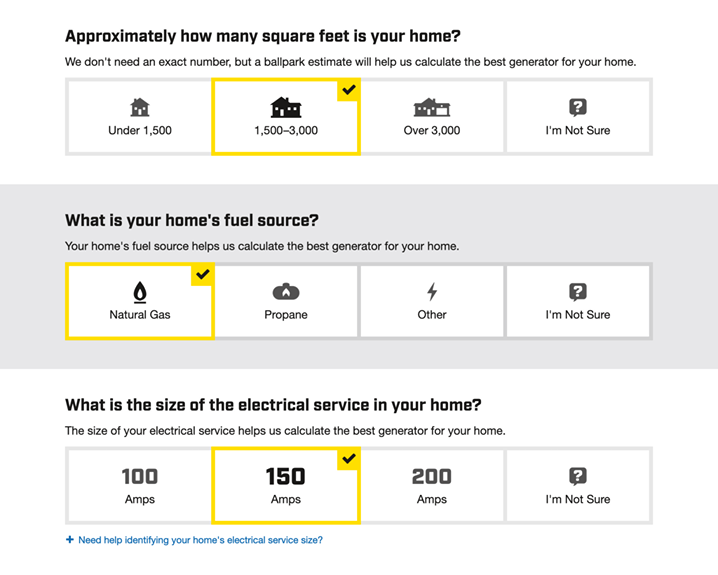
Source: cloudfour.com
Hyper Personalized Online Shopping Experience
Today’s B2B buyers expect deeply personalized, tailored shopping experiences that match their unique needs and preferences. This shift requires e-commerce platforms to leverage advanced technologies to deliver hyper-personalization.
Compared to basic segments or manual personalization of the past, AI and machine learning now enable real-time analysis of vast datasets to understand each customer. These insights, in turn, empower businesses to predict future needs and make personalized recommendations, offers, and interactions.
According to Epsilon research, 80% of shoppers are more likely to purchase when offered personalized experiences. However, only 9% of B2B marketers have fully capitalized on hyper-personalization despite substantial benefits like improved conversion rates. With 84% demanding personalization, this gap represents a key opportunity for B2B e-commerce differentiation.
In action, hyper-personalization might involve a platform automatically curating product assortments and discounts based on individual purchase intent history and search data. For instance, if a customer frequently buys office supplies, tailored recommendations and offers could prompt them to purchase needed items before running out. This proactive approach fosters customer loyalty and repeat purchases over manual segments or generalized content.
In 2024, hyper-personalization reflects broader B2B digital trends focused on using advanced technologies for transactions and building meaningful customer relationships over time. With sales pipeline tools to understand buyers ever more precisely, businesses create standout experiences amid fierce competition.
For example, Plaid, a fintech company, utilized its technology to enable Betterment, an online financial advisor, to onboard new users and drive engagement effectively. By integrating Plaid’s solutions, Betterment streamlined its users’ financial data connection process, illustrating the impact of personalized, technology-enhanced services on customer experience and business growth. Customer experience tools can help you optimize these experiences.
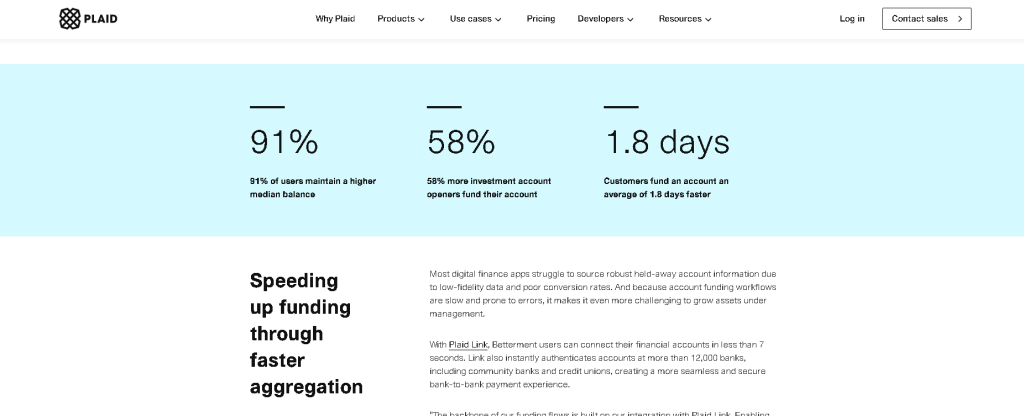
Third Party Selling
As B2B buyers increasingly expect e-commerce convenience and selection mirroring B2C experiences, third-party selling on marketplaces has become a critical online sales channel. Third-party selling offers expanded reach and flexibility, allowing businesses to tap into established platforms’ vast customer bases, meeting shifting market expectations.
In 2024, the strategic importance of these channels continues growing as sellers better integrate marketplaces with holistic B2B sales and marketing ecosystems for superior omnichannel experiences. For instance, a manufacturer might leverage Amazon Business to extend visibility among more potential buyers. By listing products on this high-traffic platform, they benefit from sophisticated search algorithms, reviews and recommendations, and streamlined purchasing, driving sales.
Gartner predicts at least 70% of new B2B marketplaces launched will enable third-party selling, with 30% transitioning to predominantly third-party models for improved profitability. This projection reflects the increasing value sophisticated platforms provide through capabilities like data analytics, AI personalization, and robust fulfillment services, simplifying selling.
Rather than a supplementary sales avenue, third-party marketplaces now serve a primary role in B2B digital commerce strategies. Tight integration with companies’ sites and physical channels enables consistent branding and coordinated efforts to meet customer needs. With third-party expansion showing no signs of slowing, businesses must embrace these platforms amid the multichannel reality of modern markets.
Watsco, an HVAC company, expanded its business online, achieving 50% year-over-year growth, expansion to 500 locations, and over $900 million in sales. By implementing a strategic B2B e-commerce strategy, Watsco enhanced its operations, demonstrating the significant potential of third-party selling and online marketplaces for B2B companies.
Heightened Brand Awareness
Making brands recognizable and memorable has always been crucial in B2B’s lengthy sales cycles with many stakeholders. But in 2024, heightened awareness goes beyond basic familiarity to association with trusted attributes like expertise and reliability.
For example, a SaaS firm could leverage targeted content and social media platforms to showcase insights and establish thought leadership consistently. This positions the brand as a reliable authority, influencing buyer perceptions during their journey.
Unlike impulse-driven B2C purchases, B2B buyers deliberate carefully, magnifying the importance of positive brand associations. So, although past awareness efforts focused mainly on recognition, simply being known provides little advantage today.
Instead, B2B brands now convey unique identities through sincere messaging and engaged social listening. According to Sprout Social, responsive customer service and participation in digital conversations build crucial trust (Source). With 95% of buyers saying differentiation matters, brand marketing creates meaningful mindshare, leading to sales.
Rather than treating awareness as an isolated goal, savvy B2B brands now align omnichannel activities to foster familiarity and preference organically. With targets increasingly tuning out generic promotions, integrated strategies that reliably inform and support earn customer mindshare. This shift turns awareness into a competitive edge.
Digital Marketing Galore
As business operations and buyer journeys shift online, digital marketing has become imperative for B2B success. With precise targeting, measurable analytics, and real-time adaptability, digital strategies now dominate marketing mixes.
According to McKinsey, 65% of B2B companies fully transact digitally today (Source). With decision journeys increasingly unfolding across search, social media, and educational sites, effective promotion means meeting audiences wherever they spend time online.
This reality is evident in an integrated approach combining content, SEO, and social campaigns. For example, a software firm could attract visitors through informative blogs addressing customer pain points and optimize and promote articles through search and social listening. This establishes thought leadership while generating promising leads.
Unlike broad email and ad approaches often seen in the past, razor-sharp sales automation tools now define B2B digital marketing excellence. Advanced analytics empower understanding buyer needs and behaviors to tailor messages and interactions. Email automation plays a critical role in this process, enabling businesses to deliver targeted, personalized campaigns with precision. And AI continually refines efforts for peak effectiveness over time.
Rather than an ad hoc addition to promotion mixes, integrated digital strategies now steer awareness, consideration, and customer retention efforts. With decision-makers transacting entirely online, non-digital marketing has substantially diminished returns on investment for B2B brands. Future differentiation and lead generation hinge on data-driven digital refinement.
Video Content is More Important Than Ever
As decision journeys migrate online, video has become the medium to simplify complex topics and forge connections crucial for B2B success. With an unparalleled ability to demonstrate value, build trust, and drive action, video adoption continues soaring.
Consider a sales funnel software explainer video to show actual applications of advanced analytics. Easily digestible demonstrations can gain more traction than dense documentation. Dropbox built engagement by playfully promoting new features through catchy video invites.
With 69% of B2B marketers planning more video investment and 87% crediting sales increases to video, declining static images misses enormous opportunities. Instead, interactive elements like clickable CTAs within videos boost lead generation and conversions.
Videos frequently move beyond product features to spotlight company missions, values, and personality. Storytelling builds affinity and relationships on a more human level. This shift from passive watching to a participatory customer experience reflects the modern digital-first buyer journey.
In 2024 and beyond, product-centric businesses that overlook video relinquish advantages to forward-thinking competitors. As customer education and brand building pivot increasingly to moving imagery and participatory narratives, B2B promotion follows where buyers show the deepest engagement. Harnessing this appetite, video has become the heart of savvy digital strategies.
Increased Headless Commerce Architecture
Headless commerce, separating frontend presentation from backend processes, brings much-needed agility and personalization to increasingly dynamic B2B markets. Allowing iteration of experiences without affecting underlying operations, this modular approach enables the flexibility today’s customers expect.
For example, a manufacturer could implement a headless platform integrating inventory and CRM data to enable real-time custom pricing and ordering across channels. While traditional e-commerce struggles to adapt, headless systems efficiently tailor experiences across web, mobile devices, and IoT touchpoints.
Driven by surging demand for omnichannel cohesion and faster feature deployment, headless adoption is accelerating. The headless commerce market is projected to hit $3.8 billion by 2030, expanding at a 22.5% CAGR. And 80% of firms without headless architectures intend to transition by 2025, indicating the future of B2B e-commerce platforms.
This seismic shift stems from digital-first customers that demand up-to-date, personalized interactions whether via desktop, smartphone, smart assistant, or wearable. Siloed systems inhibit delivering the consistent experiences new and existing customers expect.
With the imperative for greater agility and efficiency, B2B brands must evaluate modular headless migration or risk falling behind. As business leaders increasingly reap rewards in engagement and conversions from these upgrades, reluctance to adopt next-generation architectures puts laggards at a growing disadvantage.
Leaning Into AI for B2B eCommerce
As customer expectations for efficiency and personalization intensify, AI adoption in B2B digital commerce continues to accelerate. Offering invaluable capabilities from predictive analytics to natural language interactions, AI has become imperative for competitiveness.
For example, AI-powered chatbots now provide 24/7 personalized support and recommendations to improve satisfaction and allocate human resources more strategically. AI enhances logistics by managing complex supply chains and forecasting demand based on historical data for leaner inventory management.
Unlike manual or basic automated approaches common years ago, leading organizations now integrate sophisticated machine learning and predictive modeling throughout operations. With the global AI in the e-commerce market poised to hit $22.6 billion by 2032, adoption reaches far beyond simple task replacement.
By 2025, 30% of firms will employ AI-enhanced development, testing and deployment. By 2027, Gartner predicts 15% of new applications will generate automatically without human assistance – an unheard-of scenario currently (Source). This revolution promises unprecedented innovation potential.
The key driver and differentiator in 2024 is utilizing AI not just for rote improvements but to realize innovative ideas that are impossible otherwise. With advanced algorithms continually honing recommendations, supply dynamics, marketing, and entirely new service propositions, AI liberates B2B brands from legacy constraints. Savvy leaders open new competitive frontiers once unfathomable.
Automating Business Processes
Streamlining operations through technology continues gaining importance as modern B2B demands outpace manual capabilities. While past process automation focused mainly on simple task elimination, 2024 brings more advanced intelligence to expedite workflows and inform strategy.
Technology’s vital role is exemplified in an AI-enhanced CRM analyzing customer data to trigger personalized marketing and intelligent upsells tailored to purchase propensities. Dynamic insights strengthen engagement and loyalty while eliminating laborious manual personalization attempts.
The rapid adoption of these AI and machine learning capabilities highlights intensifying B2B complexities. Studies show 58% of companies are enacting or planning automation rollouts, compelled by averages of 15% revenue increases for early movers.
In 2024, automation has moved beyond replacing repetitive administrative work to enabling sophisticated prediction, adaptation, and augmentation across organizations. Inventory and order management, customer relationship nurturing, and supply chain coordination now integrate automated decision-making and analysis for unprecedented operational responsiveness and efficiency.
This evolution epitomizes the data-driven agility that now defines B2B leadership. As customer expectations and market volatility increase, intelligently automated processes form the foundation of innovative, resilient, and cost-efficient business models necessary for the future.
Applying B2B eCommerce Trends to Your Business
Adopting the right emerging trends is crucial for e-commerce growth. However, with limited resources, determining appropriate investments involves diligent assessment across three key areas.
Is the Trend Relevant to Your Industry?
The most fundamental question is whether a trend aligns strategically. Tracking industry reports exposes rising opportunities. For example, companies undergoing digital transformation would benefit significantly from migrating to headless commerce architecture for more agile deployment. Analyzing your specific business goals and customer needs is equally vital to validate relevance.
Understand Customer Behavior & Ask for Feedback
Continuously monitoring customer interactions, purchasing habits, and explicit feedback provides the most precise direction. If data reveals increasing mobile purchases, ensuring site responsiveness and app optimization becomes essential. Feedback requesting more personalized content could signal that AI investment is warranted. Regularly soliciting customer perspectives through surveys and engagement creates a trustworthy compass guiding your evolution.
Research Competitor Actions
Finally, studying successful and failed competitor attempts at new technologies or processes provides an invaluable perspective. Following their lead could be advantageous if a rival’s AI-powered chatbot drove higher satisfaction metrics. Reviewing ineffective rollouts helps avoid potential pitfalls if you pursue the same innovation. Tracking competitor responses to shifting B2B expectations provides a compass check confirming your strategic plans are on target.
Combined, these three practices provide the context and confidence to make intelligent decisions in adopting new B2B e-commerce trends for sustainable returns on investment. While new technologies hold great promise, proper due diligence ensures resources get allocated to modernization that genuinely moves the needle.
FAQs About B2B eCommerce Trends
As digital transformation accelerates, common questions relate to growth projections, future outlooks, and coming trends that should steer strategic plans.
US B2B eCommerce will reach over $2 trillion by 2024, showcasing rapid expansion as business transactions increasingly shift online.
The global B2B market is expanding at a 19.2% CAGR, on pace to exceed $36 trillion by 2031, based on projections from Straits Research (Source). This remarkable growth reflects digital’s dominance in business operations and transactions.
With technological advancements and buyer behavior evolution, B2B eCommerce futures will necessitate digital transformation, mobile optimization, marketplace utilization, flexible payments, and a focus on efficient sustainability and personalization. Companies must meet customers however they want to research, purchase, and receive support.
By 2025, customer-centric mobile commerce, sustainable practices, targeted content marketing, and integrated automation will significantly disrupt traditions. Following where customers are going via devices or values will separate market leaders from stagnant legacy brands.
What You Need to Remember About B2B eCommerce Trends
The scale and pace of B2B eCommerce evolution make ongoing awareness of trends imperative for success. While emerging innovations hold promise, leaders must evaluate the relevance and practical integration tailored to their unique customer values and strategic goals over chasing every shiny new object in their market.

